Galápagos tortoises are returning from extinction
Close relatives of extinct giant tortoise populations have been successfully reintroduced to some of the islands from which they have disappeared.
Posted on
The iconic giant tortoises of the Galápagos are making a return, thanks to an innovative repopulation project on the islands where humans caused their extinction. Tortoises disappeared from Santa Fe and Floreana Islands around the mid-1800s and, with the death of Lonesome George in 2012, there are none left of Pinta Island, either.
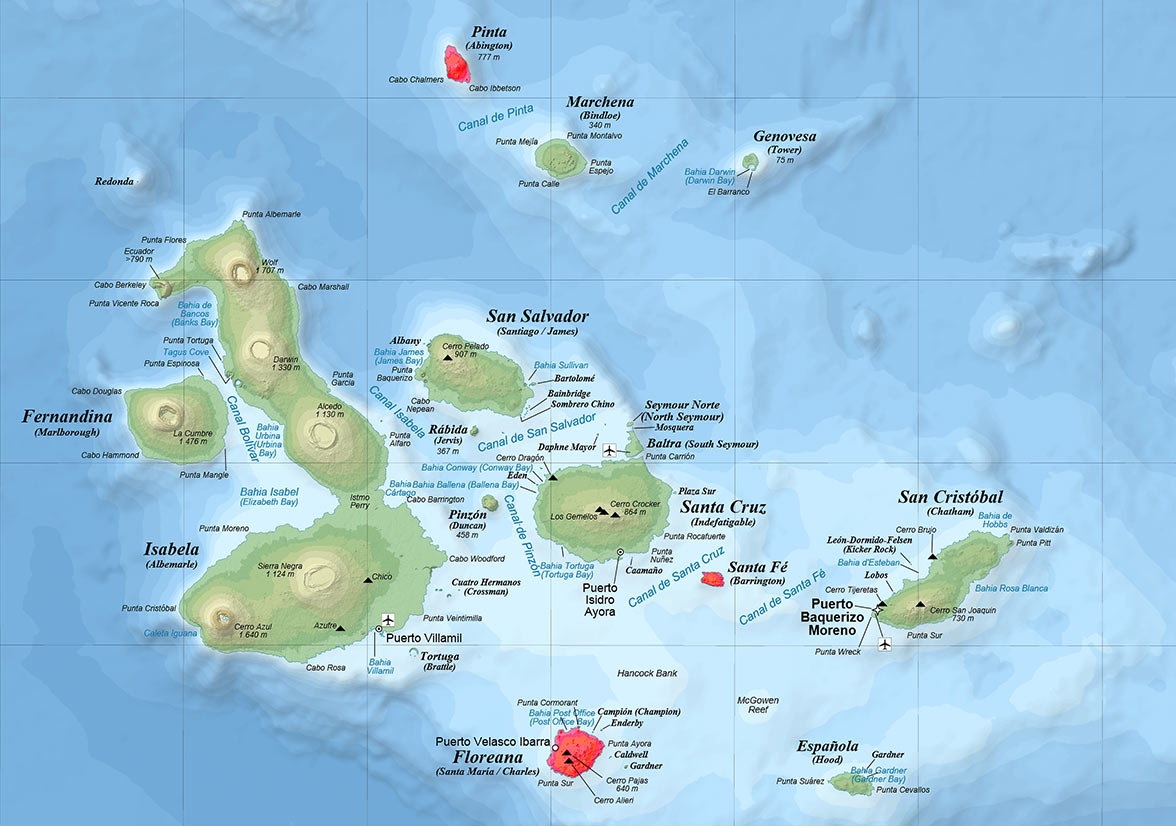
However, the rugged and remarkable Galápagos Islands may feel the feet of wild giant tortoises again. After 20 years of genetic analysis and environmental studies, close relatives of the extinct populations are now being reintroduced, where they can provide essential “environmental engineering” though their trampling and eating of vegetation, spreading seeds and making space to encourage the growth of other native plant and animal species.
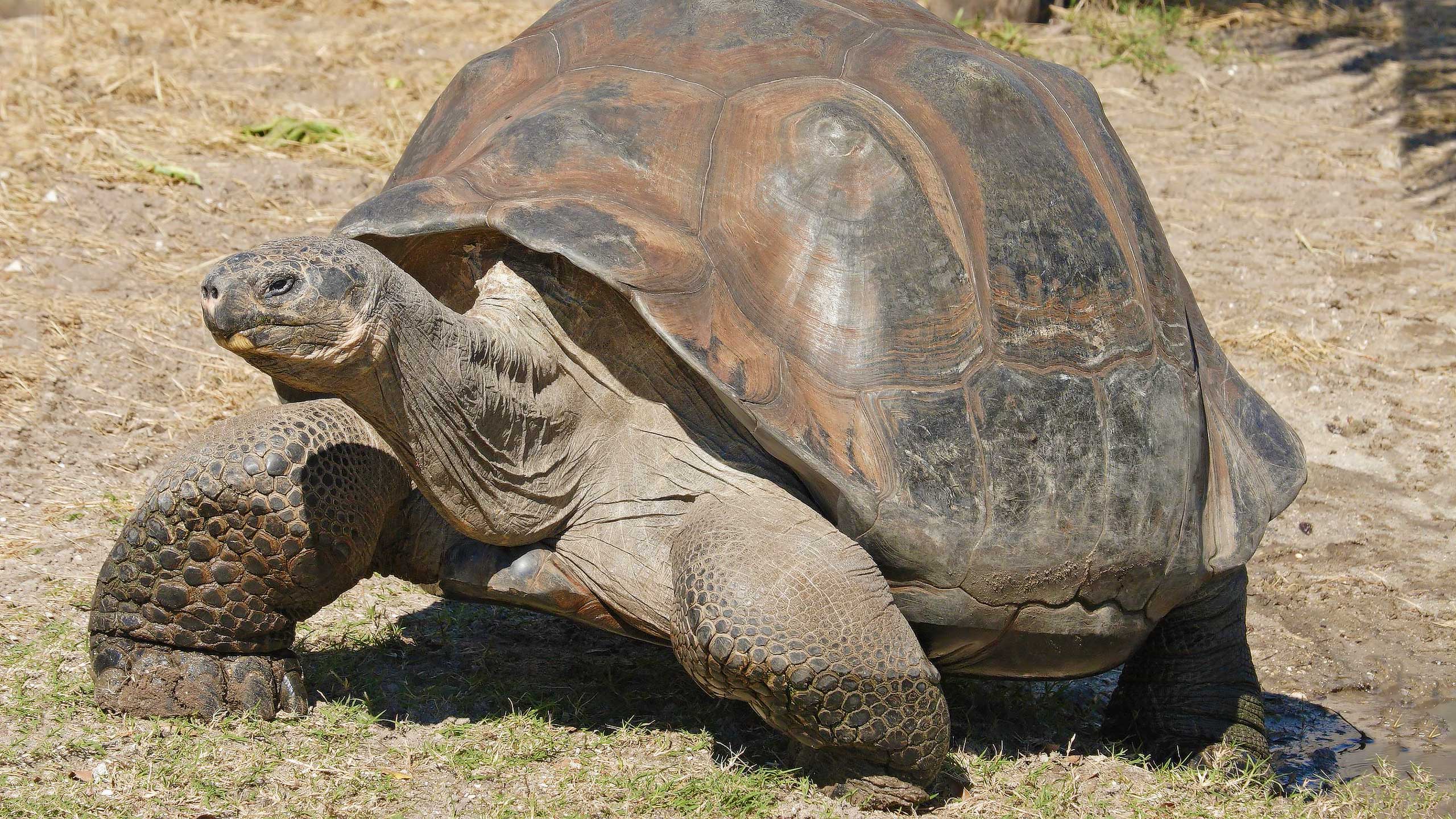
Tortoises on Santa Fe
The Santa Fe tortoises were completely wiped out by the very first explorers visiting the Galápagos Islands, so they didn’t even get the chance to be described by science or given a proper scientific name. However, studies of the few pieces of them left in museum collections have found that, while they were a distinct species, they were very closely related to the tortoises from the nearby Española Island.
That being the case, a group of 201 young Española tortoises were released on Santa Fe Island in June 2015, with further releases in the following years. The population has thrived, with a near 100 per cent survival rate and individuals spreading right across the island. While scientists and conservationists are mindful of risks in competition for resources with the Santa Fe land iguanas, they remain confident that the revived tortoise population will remain stable and secure without negatively impacting other native creatures.
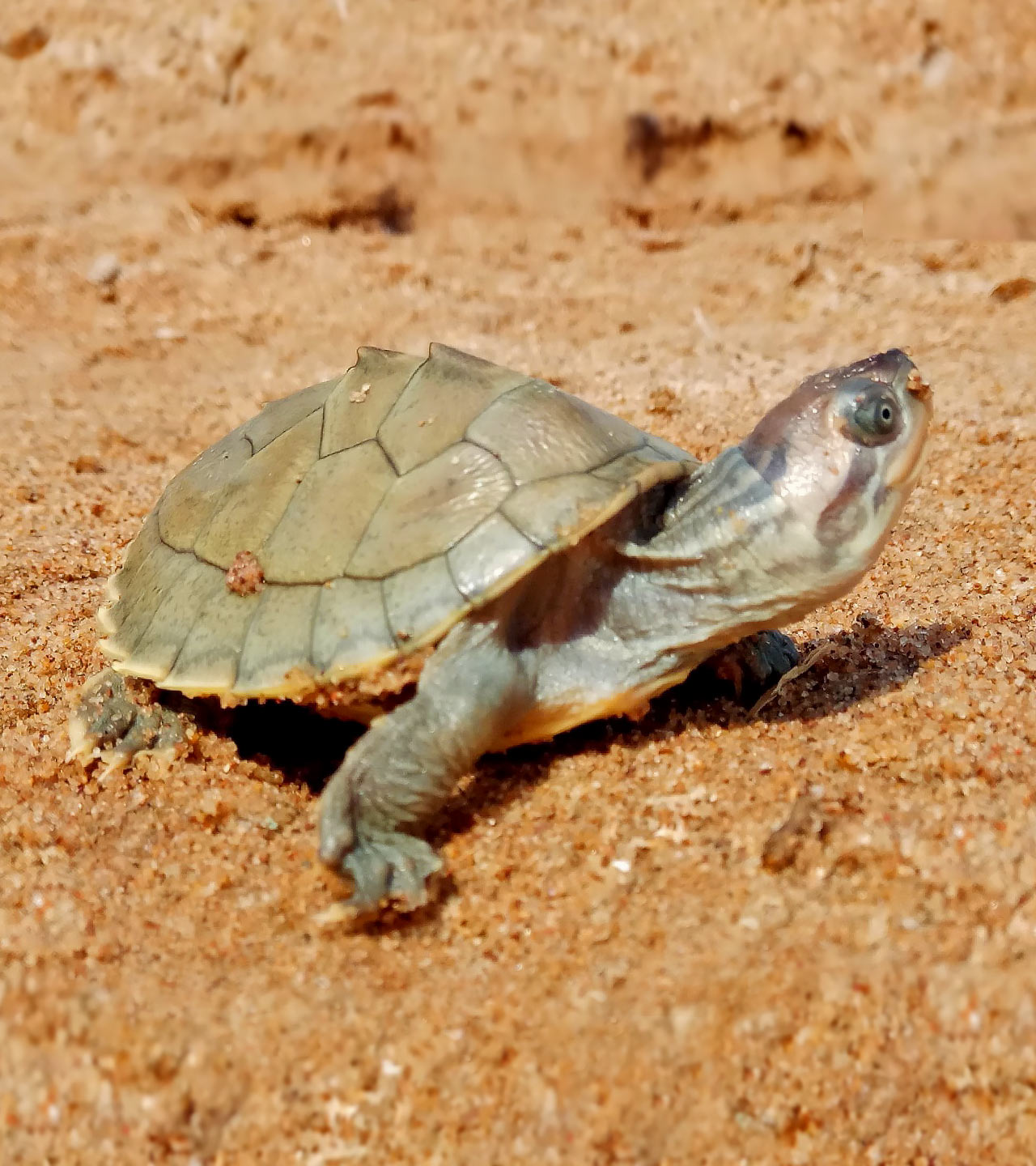
Tortoises on Floreana
The giant tortoises on Floreana faired only a little better than those on Santa Fe. They survived for a couple of decades after Charles Darwin’s famous 1835 visit to the Galápagos Islands before being hunted into extinction. However, before that happened, some are thought to have made it to Isabela Island, the largest of the Galápagos Islands, possibly having been left there by passing whalers. Geneticists from Yale University discovered a hybrid species on Wolf Volcano, in the north of Isabela, which has some Floreana tortoise in its ancestry.
In November 2015, 19 of these hybrids were brought to the Tortoise Center on Santa Cruz Island to join the four already there with some Floreana tortoise ancestors. A breeding programme is now underway to rebuild the population before they make the voyage back to their home island. This is part of a broader environmental restoration project on Floreana, which will also see the removal of invasive species of rodents and cats, as well as reintroducing other extinct native animal populations.
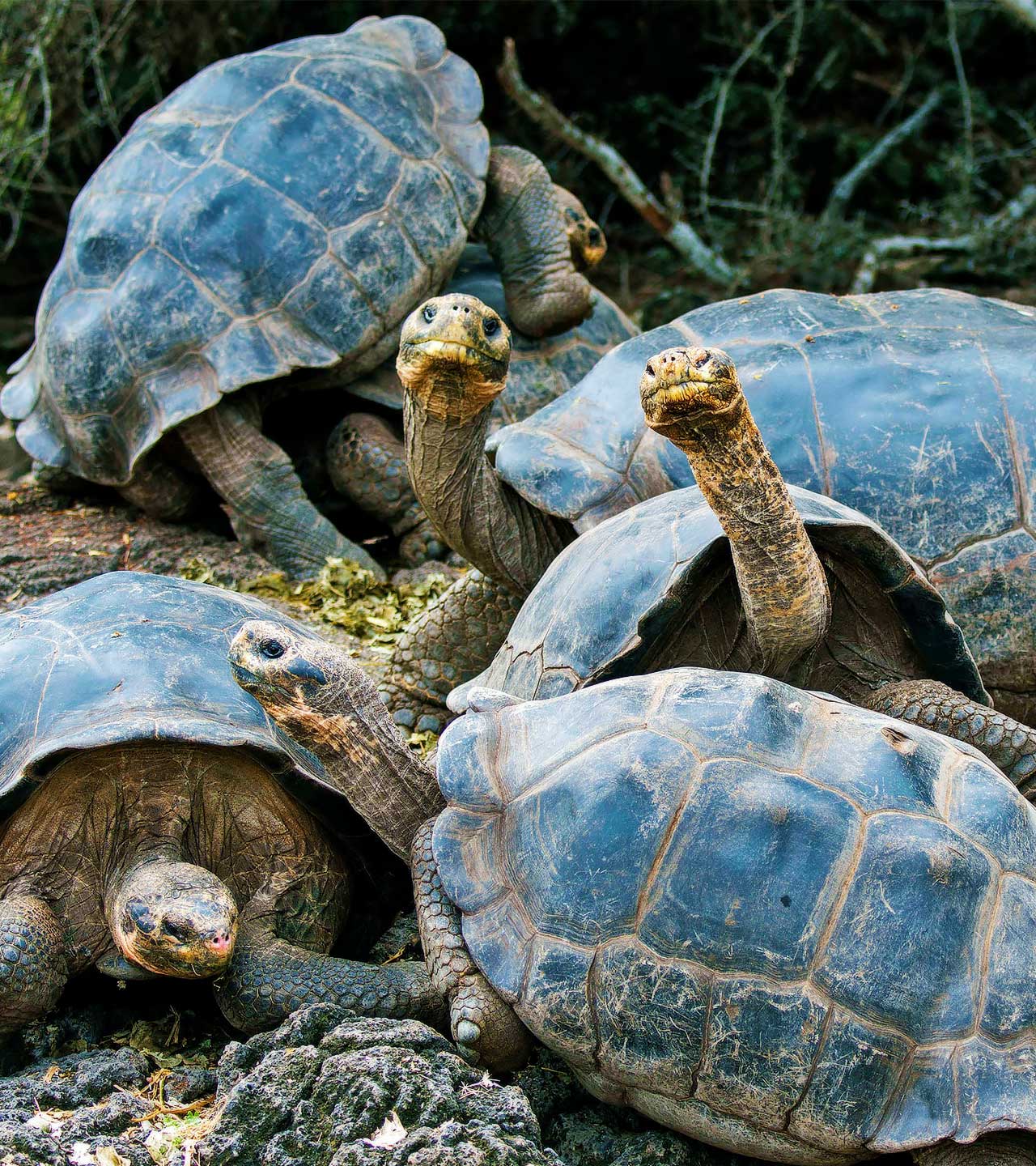
Tortoises on Pinta
While Pinta’s tortoise was thought to have gone the same way of the dinosaurs some time in the early-20th century, a survivor was discovered in 1971. Sadly, Lonesome George earned his name from the fact that, despite an exhaustive search of the island and zoos right around the world, no potential mating partners were ever found and, when George died in June 2012, the Pinta tortoises were declared officially extinct.
Fortunately, some hybrid Pinta tortoises were found on Wolf Volcano, along with the partially Floreana specimens, though not enough to start a breeding programme. The search continues for any tortoises which are genetically similar to Lonesome George, with a degree of urgency created following the removal of the island’s goats in 2006. They had been introduced in 1959 and proceeded to overwhelm and destroy much of the vegetation. The tortoises are now needed to help engineer the recovering ecosystems. As a stopgap solution, 39 sterile tortoises of various ancestries were introduced to Pinta in May 2010.
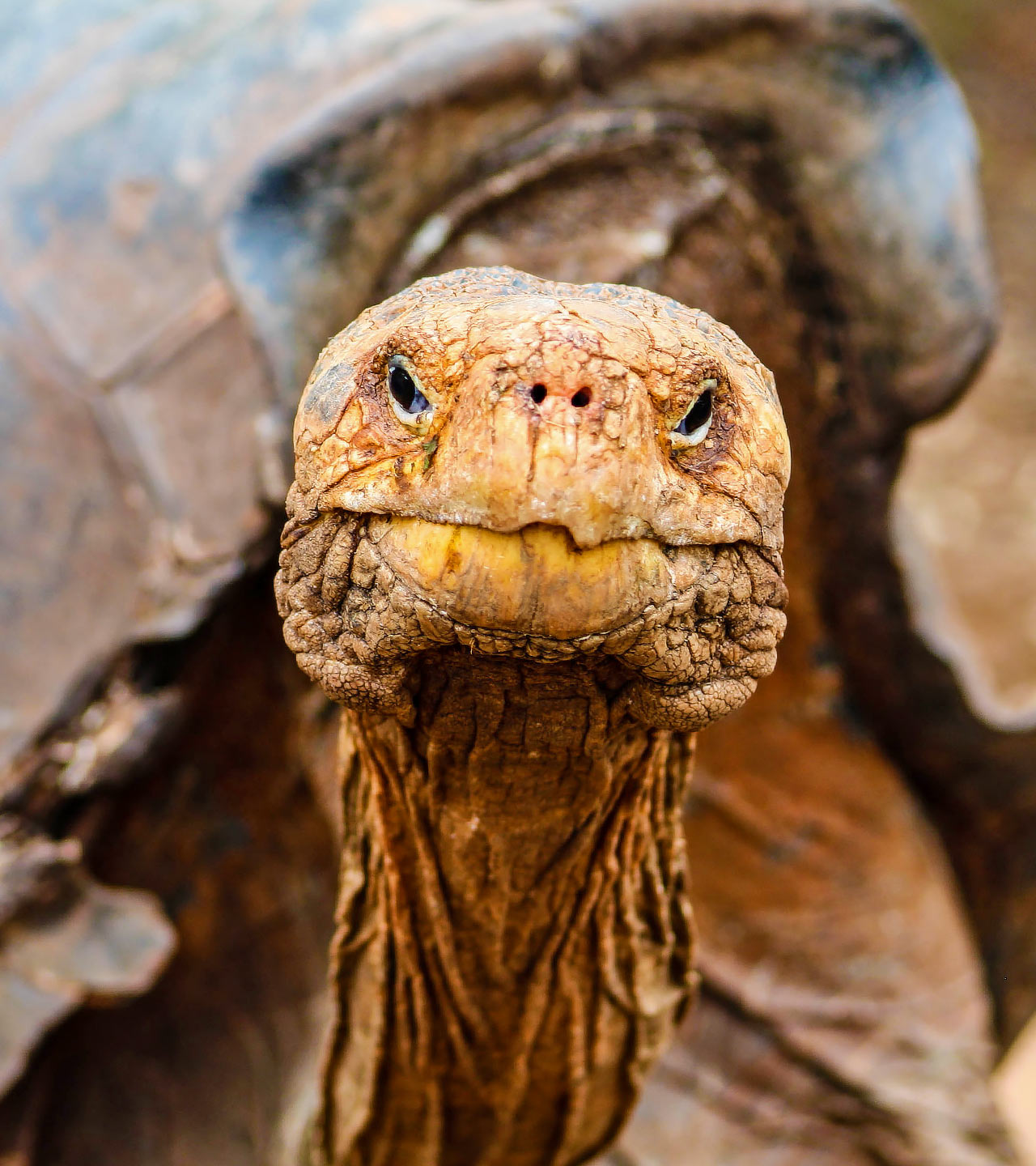
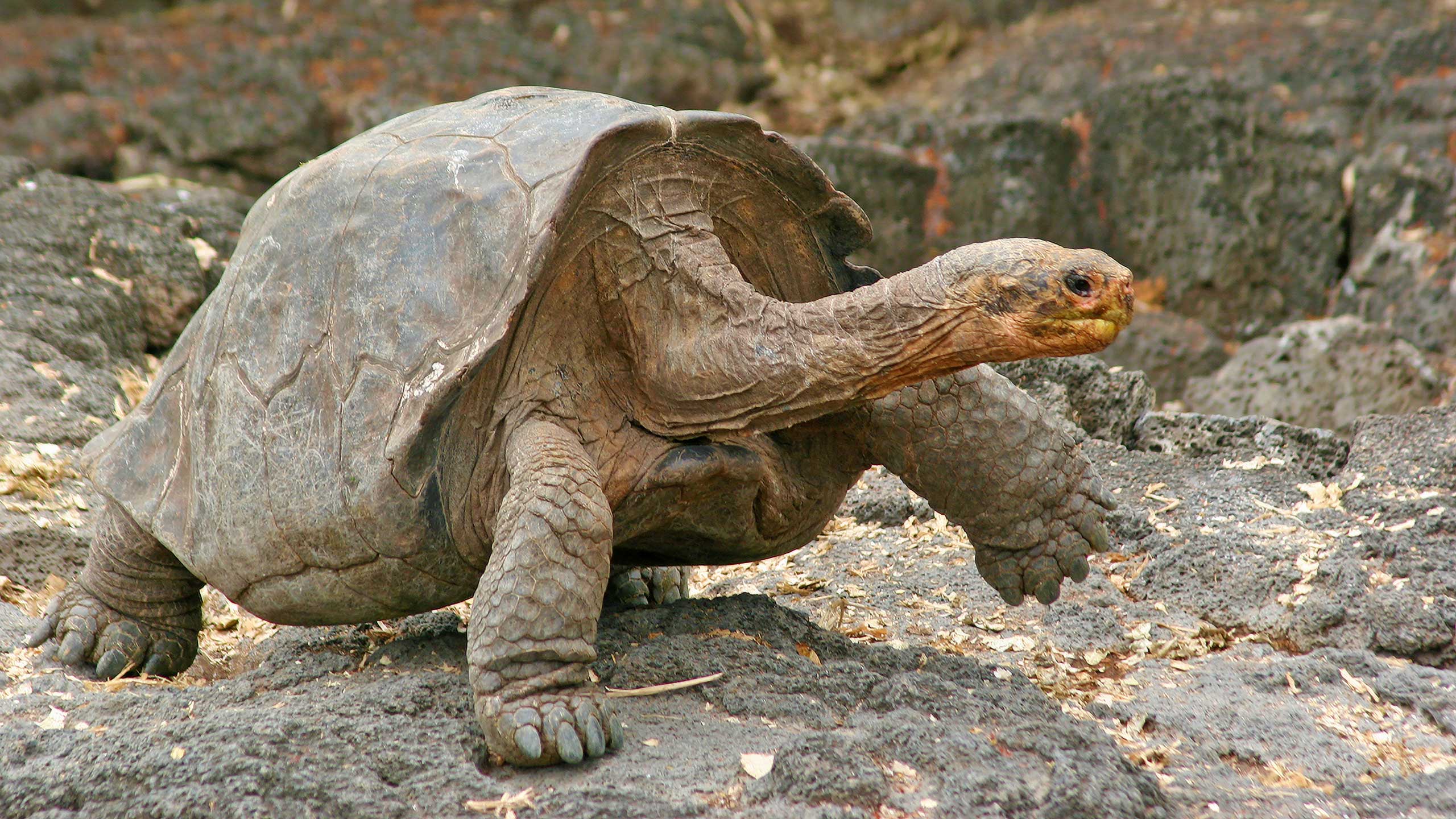
Destinations: Galápagos Islands, Pacific Ocean
Footnote:
Contact Seal Superyachts Galápagos Islands for detailed information about cruising around Galápagos Islands, superyacht charter regulations and about how we can support your visit.
Principle agent Antonio Moreano is proud to have worked with many of the World’s largest Superyachts and has extensive knowledge of Galápagos Islands and the surrounding area.
Antonio Moreano
Phone: +593 999 11 6066
Email: antonio@seal-superyachts.com